The Flavian Amphitheatre (The Colosseum)
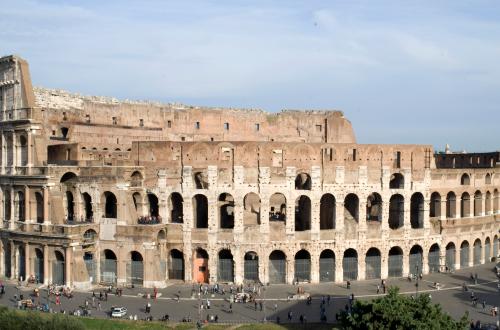
 Condividi
Condividi
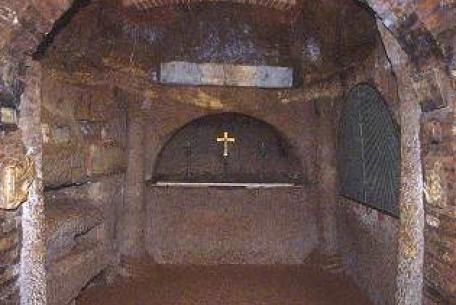
The birth and subsequent expansion of this underground cemetery are related to the martyrdom of the young Agnes, buried here, and date back to the early third century AD.
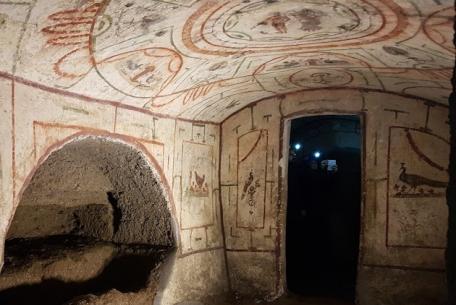
The catacombs of Vigna Randanini located between the II and III miles of the Via Appia Antica represent an example of a jewish underground cemetery
[...]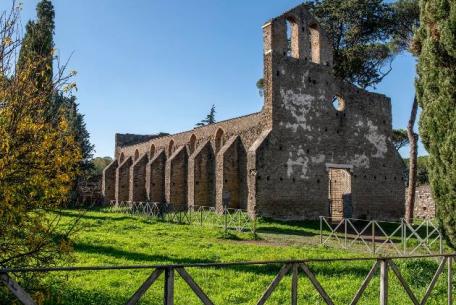
The history of this monument dates back to the early 1300s.
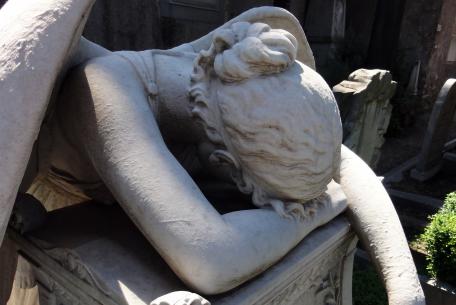
"Wonderful place. Messenger of stone. Heavenly music. Dark presences. What you are looking for is at the English, the Artists and the Poets’ cemetery."
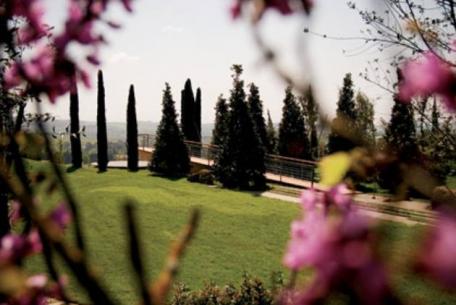
The Flaminio Cemetery (also known as Prima Porta Cemetery) was consecrated in 1941 and is considered a masterpiece of contemporary cemetery architecture.
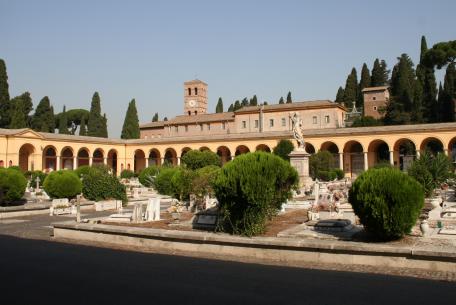
The Verano Monumental Cemetery covers an area of about 83 hectares.
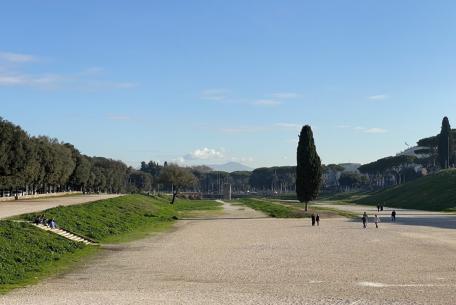
The Circus Maximus is the largest building for public entertainment in antiquity and one of the largest of all time (600 metres long by 140 metres wide) and is rel
[...]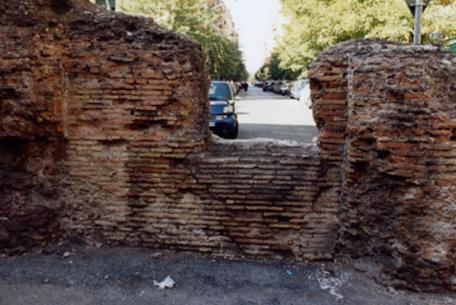
The existing ruins in piazza Ronchi, near via Prenestina, are probably pertinent to a Roman cistern built in brick, with the use of yellow and red bricks and an in
[...]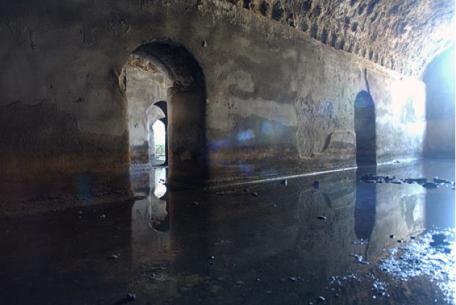
It is one of the largest water tanks from antiquity and since the Middle Ages this monumental complex gained the name Sette Sale (Seven Halls), although in reality
[...]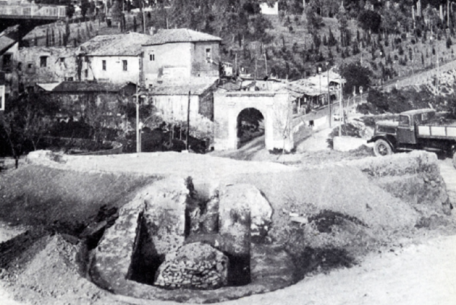
The remains of the structure are located on the hill of Monte Mario, flanked by the mod
[...]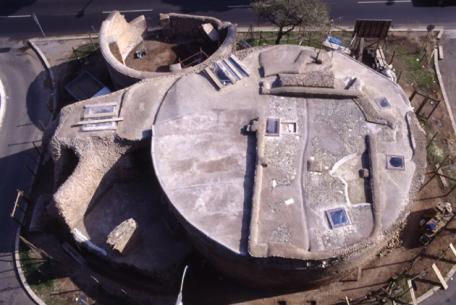
The monument was discovered around the 1940s, under a farmhouse that was demolished during the excavations carried out to build the via Imperiale, now via Cristoforo Colombo.
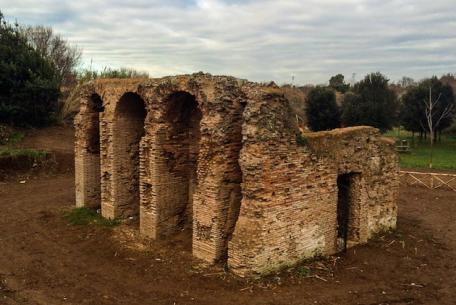
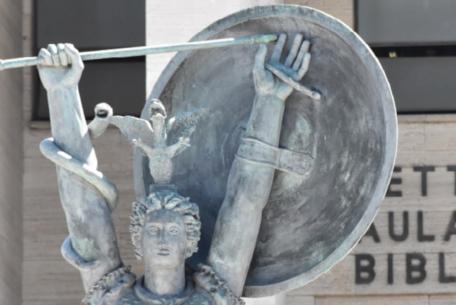
Inaugurated in 1935 in the presence of King Victor Emmanuel III, the construction of the Città Universitaria (University City) had begun only three years earlier, when the project
[...]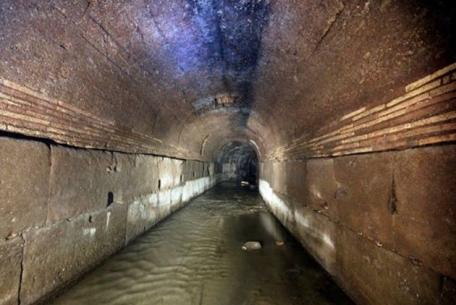
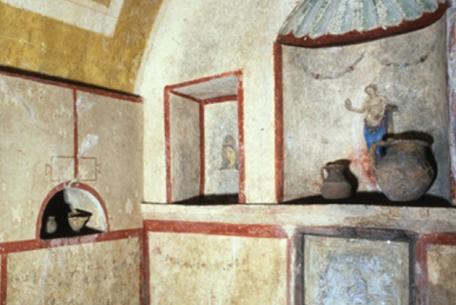
The two sepulchres are spread over an area crossed by the via Latina and via Labicana, an agricultural area characterized by the presence of the Claudian aqueduct.
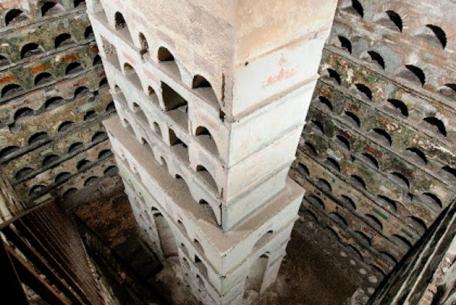
The Colombariums are located inside the Codini Vineyard, between the Scipioni Park and the Aurelian Walls, near Porta San Sebastiano, in an area o
[...]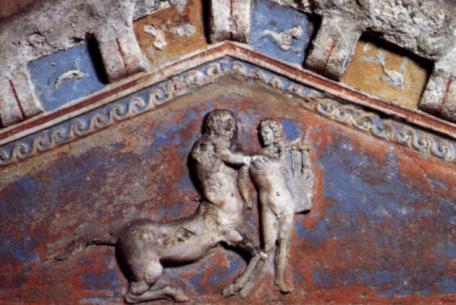
The term columbarium refers to a burial chamber which walls are covered with rows of niches in which cinerary urns, small clay pots containing the ashes of the dec
[...]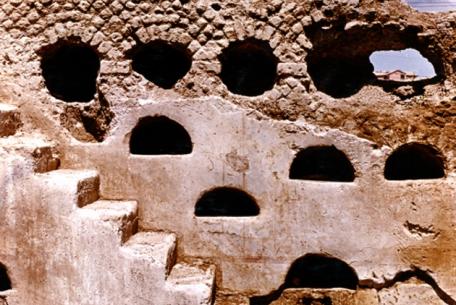
Along the sides of the via Prenestina, as was the case for the main road axes in Roman times, there were vast sepulchral areas formed largely by columbaria
[...]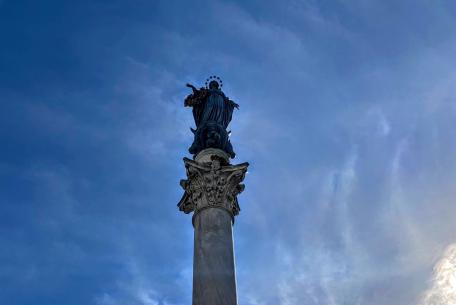
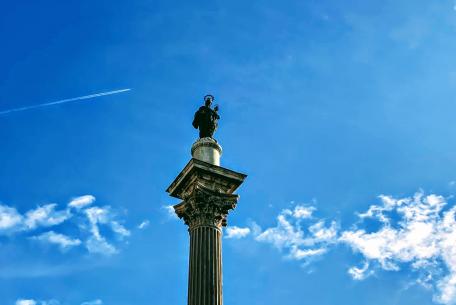
In front of the splendid Basilica of Santa Maria Maggiore, in the centre of the square of the same name
[...]The Column that stands in the center of the square having the same name was erected between the year of the death of Marcus Aurelius in 180 AD, and 193 AD.
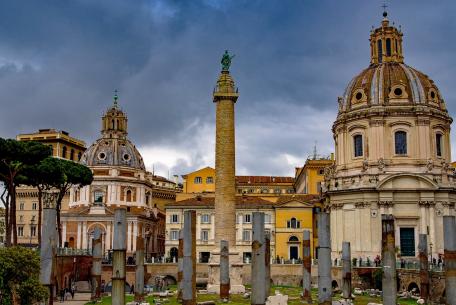
Erected in 113 A.D. to celebrate the deeds of emperor Trajan in Dacia, the Trajan's Column was the first triumphal one - with decorations that spiral along the shaft - ever raised.
[...]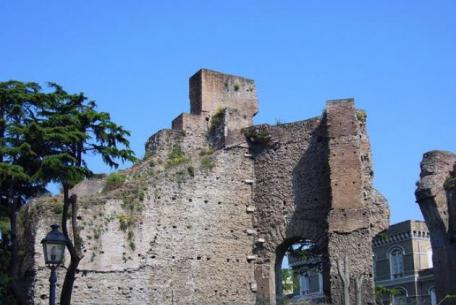
At the time of Augustus the whole area around the church was a residential quarter, with large villae and domus of the wealthiest families of the time.
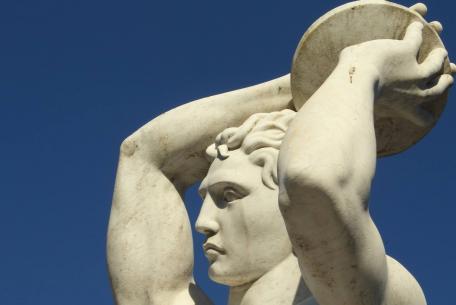
Located on the slopes of Monte Mario, the complex was conceived at the end of the 1920s by Renato Ricci, then president of the ONB - Opera Nazionale Balilla.
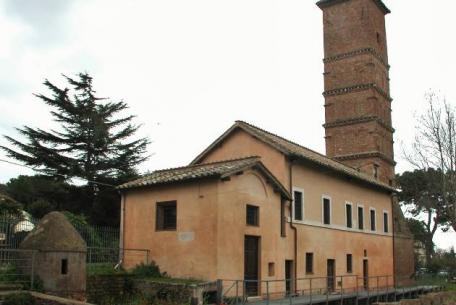
Thanks to a successful excavation campaign begun in 1970, a Christian basilica - dating back to the 4th century A.D.
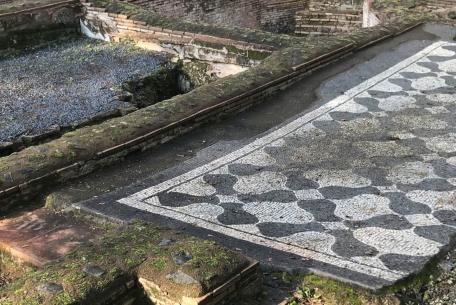
The Capo di Bove archaeological complex is a green area of more than 8,500 square meters with two buildings (a rustic farmhouse converted into a villa after the Se
[...]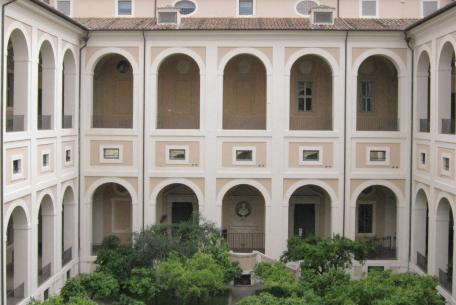
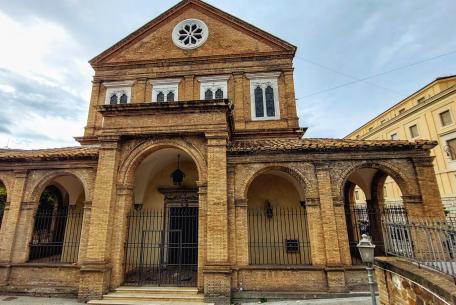
The origins of the Complex date back to 727 AD, when the king of the Saxons INA established the "Schola Saxonum" to give hospitality to the pilgrims headed to the Tomb of the Apostle Peter.

 Condividi
Condividi
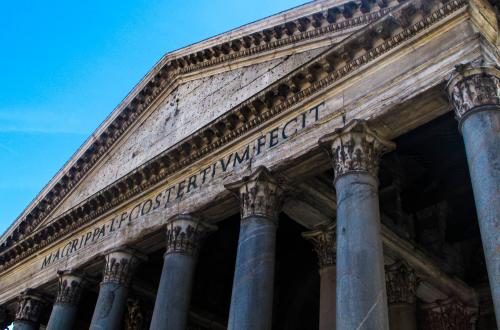
 Condividi
Condividi
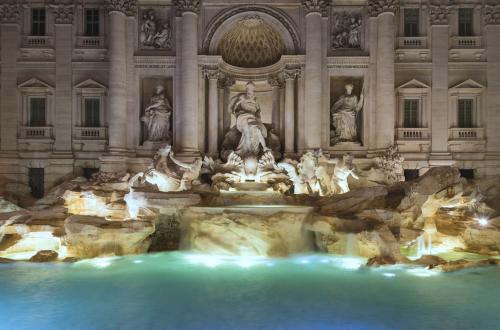
 Condividi
Condividi
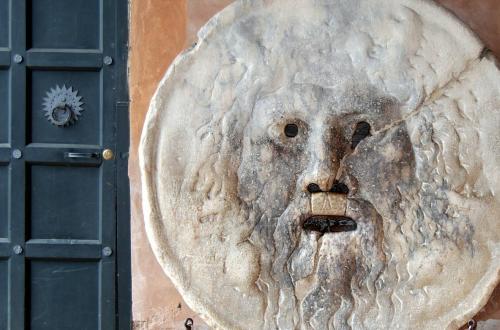
 Condividi
Condividi
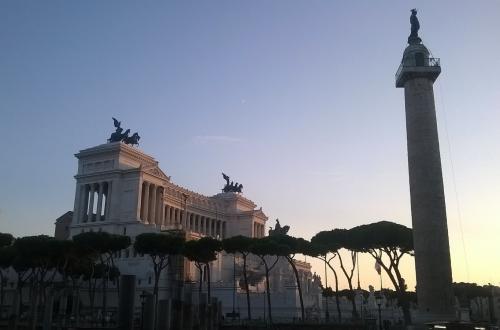
 Condividi
Condividi
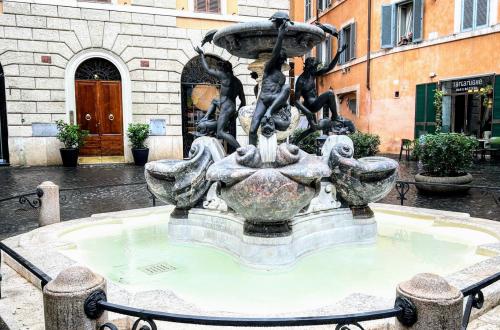
 Condividi
Condividi
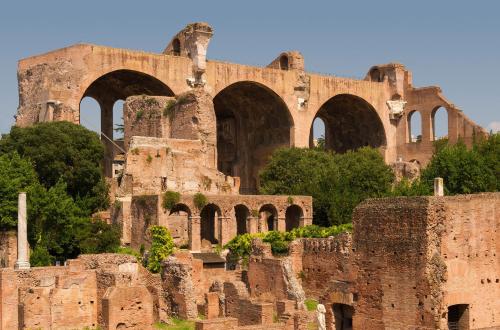
 Condividi
Condividi